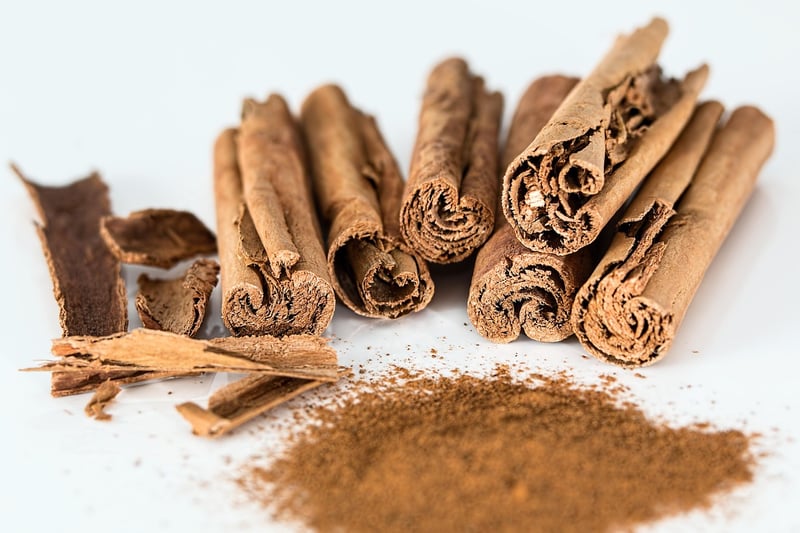Exotic Spices
The Exotic World of Spices: Unveiling Key Components
Welcome to the captivating realm of exotic spices, where flavors, aromas, and cultures intertwine to create culinary masterpieces. In this article, we will explore some of the key components that make exotic spices a delight for the senses.
1. Origins
Exotic spices hail from diverse corners of the globe, each carrying a unique story of cultivation and trade. From the fiery depths of Indian curries to the fragrant blends of Moroccan tagines, these spices add depth and character to dishes worldwide.
2. Flavor Profiles
The allure of exotic spices lies in their distinct flavor profiles. Whether it's the warmth of cinnamon, the earthiness of cumin, or the pungency of turmeric, each spice offers a symphony of tastes that elevate dishes to new heights.
3. Health Benefits
Beyond their culinary appeal, exotic spices boast an array of health benefits. From anti-inflammatory properties to antioxidant-rich compounds, these spices have been prized for centuries for their medicinal value.
4. Culinary Uses
Exotic spices are versatile ingredients that can be used in a myriad of culinary creations. Whether you're crafting a fragrant curry, seasoning grilled meats, or baking indulgent desserts, these spices are essential for adding depth and complexity to your dishes.
5. Popular Exotic Spices
Some popular exotic spices include:
- Saffron: Known as the world's most expensive spice, saffron adds a golden hue and delicate flavor to dishes.
- Cardamom: With its warm, citrusy notes, cardamom is a staple in Indian and Middle Eastern cuisines.
- Sumac: This tangy spice is commonly used in Mediterranean and Middle Eastern dishes for its bright, lemony flavor.
- Star Anise: A key ingredient in Chinese five-spice blend, star anise lends a licorice-like sweetness to dishes.
Embark on a culinary adventure and explore the world of exotic spices to elevate your cooking to new heights!

Image Source: Pixabay
